Charging Charger

How long does it take to fully charge an iPhone using a fast charger ?
This article explores the factors impacting charging time for iPhones and how long it takes to fully charge an iPhone using a fast charger. Key factors include battery capacity, charger output, cable quality, device usage, battery health, and temperature conditions. Apple supports fast charging up to 20 watts for its iPhone models. The article outlines real-world charging times and offers best practices for fast charging, such as using a compatible fast charger and certified cable, avoiding overheating, limiting usage during charging, monitoring battery health, and storing properly. By understanding these factors and following best practices, users can maximize the benefits of fast charging and stay productive throughout the day.
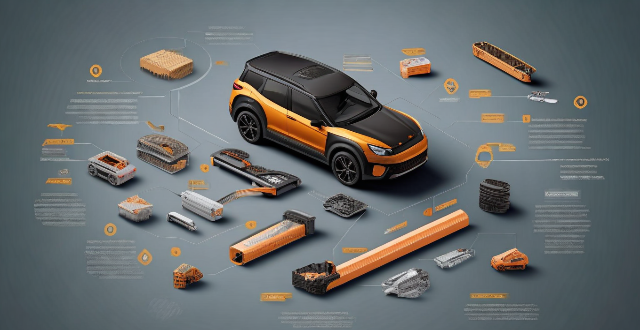
What features should I look for when buying a car charger ?
When purchasing a car charger, consider factors suchWhen purchasing a car charger, consider factors such your device, charging speed, consider factors such as compatibility with your device, charging speed, number of ports, build quality and design, safety features, and price. Make sure the charger supports your device's charging port and has fast charging technologies if needed. Choose a charger with multiple ports or built-in wireless charging pads for convenience. Look for well-built and durable chargers with appropriate safety features to prevent damage to your device and ensure safe use in your vehicle. Finally, compare prices across different brands and models to find a balance between cost and functionality.
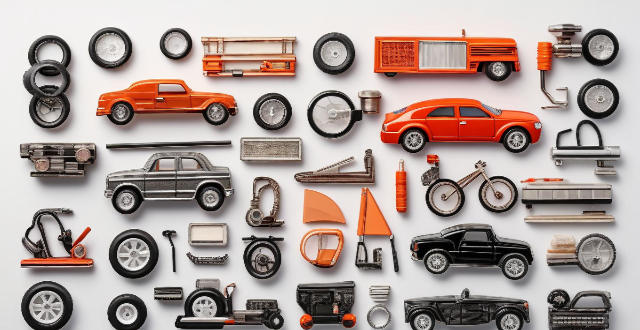
What is the difference between a standard and a rapid car charger ?
The main differences between standard and rapid car chargers are their charging speed, power output, and compatibility with different vehicles. Standard chargers offer slower charging at around 3-7 kilowatts (kW), making them suitable for overnight charging or when time is not a critical factor. Rapid chargers, on the other hand, provide much faster charging speeds ranging from 22 kW to over 150 kW, reducing charging times significantly. While most standard chargers are compatible with various types of electric vehicles (EVs), they may not be able to deliver the maximum charging rate that some vehicles can accept. Rapid chargers are designed to work with many modern EVs, but not all vehicles may be able to utilize their full capacity. It's essential to check if your vehicle supports rapid charging before using one.
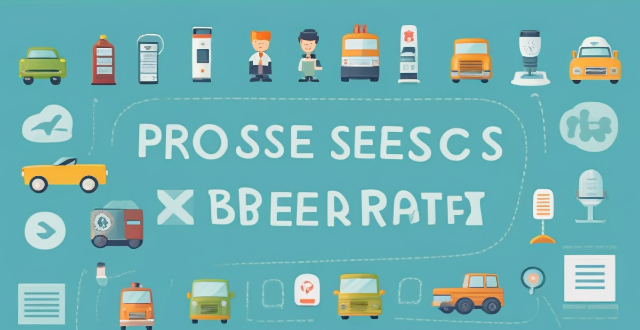
Is it worth investing in a wireless car charger ?
The text discusses the pros and cons of wireless car chargers to help readers decide if they are worth investing in. The advantages include convenience, universal compatibility, and safety, while the disadvantages are limited charging speed, potential compatibility issues, and higher cost compared to wired chargers. The conclusion suggests considering factors like charging speed, compatibility, and cost before making a decision on whether a wireless car charger is a good investment for one's needs and preferences.

Are fast charging car chargers safe to use ?
Fast charging car chargers have raised safety concerns due to risks such as overheating, battery degradation, and electrical hazards. To ensure safe use, it is recommended to use approved chargers, follow manufacturer's guidelines, monitor charging temperatures, avoid overcharging, inspect wiring and connections, use a surge protector, and store the charger properly. By following these tips, the risks associated with fast charging can be minimized.

How do I choose a car charger for my device ?
When selecting a car charger for your device, consider factors such as compatibility with your device's charging port, charging speed, number of ports, additional features, reviews and ratings, budget, and brand reputation. By doing so, you can find a reliable and efficient car charger that meets your needs.

Can a car charger damage my phone's battery ?
Using a car charger to charge your phone is generally safe and does not cause any damage to the battery when used correctly. By following the tips mentioned above and being mindful of the quality of the car charger and the health of your phone's battery, you can protect your device and ensure its longevity.

How do I charge my Apple Watch without a charger ?
This text provides a step-by-step guide on how to charge an Apple Watch without its designated charger. It suggests several alternative methods including the use of a portable power bank, a computer or laptop, a car charger, and a wireless charging pad for later models of the Apple Watch. Despite these options, it is recommended to use the dedicated Apple Watch charger for optimal speed and convenience.

How can I enable fast charging on my iPhone ?
Fast charging is a feature that allows your device to charge more quickly than traditional methods. If you have an iPhone 8 or later model, you can take advantage of fast charging by using a compatible charger and cable. Here's how to enable fast charging on your iPhone: Check compatibility, get the right charger and cable, plug in your iPhone, start charging, and enjoy faster charging times.

How much faster is fast charging compared to regular charging on an iPhone ?
Fast charging on an iPhone is significantly faster than regular charging, saving time when quickly charging the device. However, frequent use of fast charging may impact battery health over time, so it's recommended to use it only when necessary and not as a regular charging method.
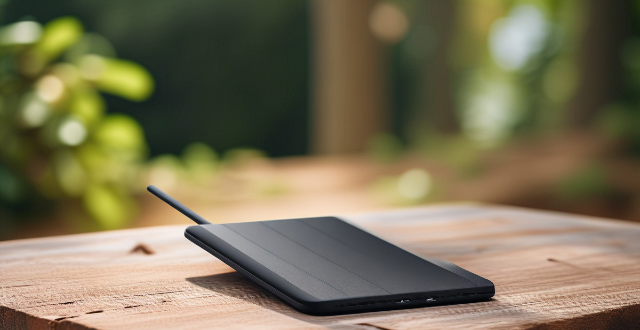
Can I use a wireless charging pad for fast charging my iPhone ?
Can you use a wireless charging pad for fast charging your iPhone? Yes, but there are important considerations. First, ensure your iPhone model supports wireless charging (iPhone 8 and later). Second, choose a Qi-certified wireless charging pad that supports fast charging. While wireless fast charging isn't as fast as wired fast charging, it's still faster than traditional wireless charging. Follow the steps outlined to enjoy the convenience of wireless charging with relatively fast charging speeds for your iPhone.
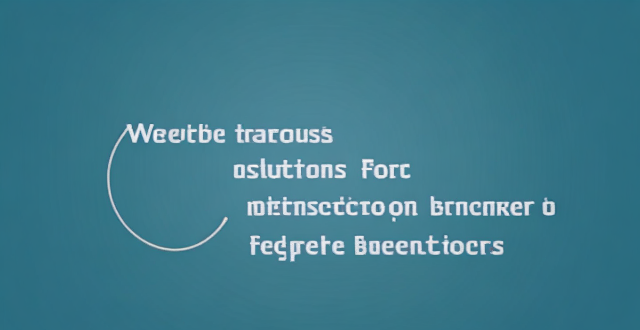
What are the best fast charging solutions for iPhones ?
The article discusses various fast charging solutions for iPhones, including Apple's official 18W USB-C Power Adapter and MagSafe Charger, as well as third-party options like Anker Nano II, Belkin Boost Charge Pro, and RAVPower 18W PD Pioneer. Tips for faster charging include using a USB-C to Lightning cable, avoiding wireless charging, turning off the iPhone or reducing screen brightness during charging, and choosing reliable and certified products to avoid damage or safety issues.
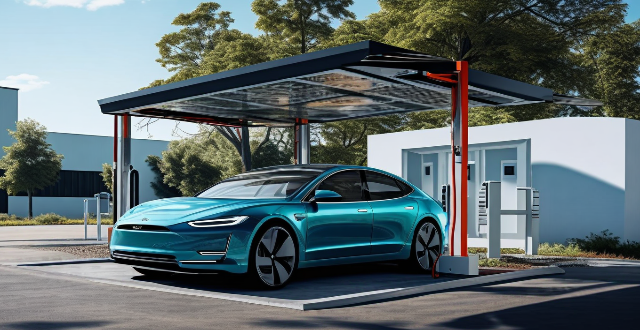
How do electric car charging stations work ?
Electric car charging stations are essential facilities for powering electric vehicles, utilizing off-board conductive charging to transfer electricity. They come in three main types based on power output and charging speed: Level 1 (slowest, using standard domestic sockets), Level 2 (faster, requiring special EV charging units), and DC Fast Charging (Level 3, fastest, primarily for highway use). The charging process involves connecting the charger, activating it, transferring power (AC for Level 1&2, DC for Level 3), regulating and monitoring battery charging, and disconnecting once complete. Safety features include GFCIs, temperature monitoring, and smart software. Environmental impact depends on the electricity source; green energy sources enhance sustainability, while fossil fuels reduce benefits. As technology advances, these stations will contribute more significantly to a cleaner transport sector.
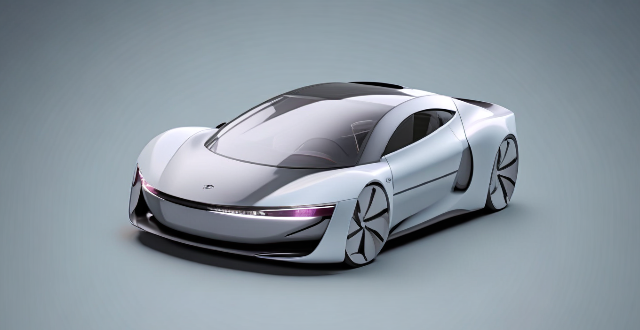
Can all electric vehicles use a super fast charging station ?
Electric vehicles (EVs) follow different charging standards and protocols that dictate the speed at which they can be charged. The type of battery technology used in an EV also affects its compatibility with super-fast charging, as some batteries may not be able to handle the high power output without damage or reduced lifespan. Manufacturers design their vehicles to work best with specific charging infrastructure, and not all EVs are equipped to take full advantage of super-fast charging. Safety concerns related to heat generation during super-fast charging must also be considered. Therefore, it is essential for EV owners to understand their vehicle's capabilities and limitations when it comes to charging options.
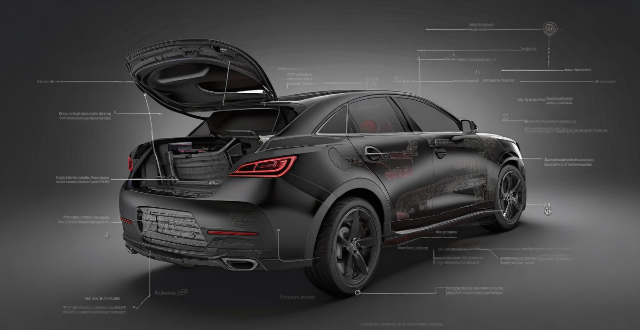
How many amps does a good car charger need ?
When selecting a car charger, consider the device's power needs, charging speed, and whether you'll be charging multiple devices. Smartphones generally require 2.4A-3A, tablets need at least 3A, and laptops may need 7A-10A. For multiple devices, aim for 4.8A for two devices or 6A+ for three. Choose a reputable brand with safety features and check output voltage (usually 5V).

What are the best car chargers for smartphones ?
Car chargers are essential for smartphone users who spend a lot of time on the road. Here are some of the best car chargers for smartphones, including Anker PowerDrive II Car Charger, Belkin Boost Up Car Charger, Aukey Car Charger, RAVPower 16W Dual Port Car Charger, Nekteck 4-Port USB Car Charger, Tecknet Pro Car Charger, Scosche ReVolt Dual USB Car Charger, Insignia NS-PCA203 Portable Car Charger, Choetech Car Charger, and Ventev Powercell 6000mAh Portable Car Charger. When choosing a car charger, consider factors such as how many ports you need, whether you require fast charging capabilities, and what kind of devices you plan to charge.

Is it safe to use third-party fast chargers with my iPhone ?
Using third-party fast chargers with your iPhone can be convenient but comes with safety concerns like quality control, compatibility issues, and data theft risks. To choose a safe third-party fast charger, prioritize reputable brands, check compatibility, avoid public charging stations, inspect the charger for damage, and use common sense.
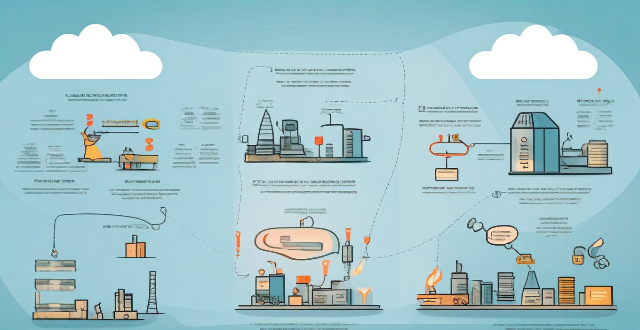
Does using a fast charger damage the battery life of my iPhone ?
The article discusses whether using a fast charger damages the battery life of iPhones. It explains how fast charging technology works, its impact on battery health, and the benefits it offers. The article also provides best practices for fast charging to minimize any potential negative effects on the battery life of iPhones.

Can I use any USB car charger for my iPhone ?
The iPhone requires a specific amount of power to charge effectively and safely. If the charger does not provide the correct amount of power, it can damage the phone or cause it to charge very slowly. Most USB car chargers come with a standard USB port, but Apple devices use a different type of connector - the Lightning connector. Some cheaper models may not have the necessary safety features to protect your device from power surges or may not work reliably in all conditions. Examples of suitable car chargers include the Apple USB Car Charger, Anker PowerDrive II Car Charger, and Belkin Car Power Valet. Always use a charger that is specifically designed for your device.

How do I install a car charger in my vehicle ?
Installing a car charger in your vehicle is a straightforward process that can be done with just a few tools and some basic knowledge of your car's electrical system. Here are the steps you need to follow: - Choose the right location for your car charger. - Disconnect the battery before working on your car's electrical system. - Remove the trim panel from the location where you want to install the car charger. - Run the wires from the car charger to the battery, making sure they are securely attached and not in the way of any moving parts. - Use a voltage tester to make sure there is power running through the wires. - Reassemble the trim panel, making sure it is securely in place and not blocking any controls or vents. - Test the car charger to make sure it is working properly by plugging in a device and seeing if it charges.

How can cities with limited space accommodate the construction of charging networks ?
In cities where space is scarce, building charging networks for EVs requires creative solutions. Public-private partnerships, smart urban design, and repurposing underutilized spaces are among the strategies that can help integrate charging infrastructure into compact city environments. Encouraging residential charging, investing in modular and mobile units, implementing digital management systems, and integrating charging infrastructure into public transit systems are also effective approaches. By employing these tactics, cities can create a robust charging network that supports electric vehicle adoption, even in densely populated areas with limited space.

Can you recharge a dead lead-acid battery ?
Recharging a dead lead-acid battery is possible, but it depends on the condition of the battery and how long it has been discharged. Here are some steps to follow when attempting to recharge a dead lead-acid battery: Check the battery's condition, determine the battery's voltage, choose the right charger, connect the charger to the battery, monitor the charging process, and test the battery after charging. In summary, recharging a dead lead-acid battery is possible as long as the battery is in good condition and the correct charging procedures are followed.
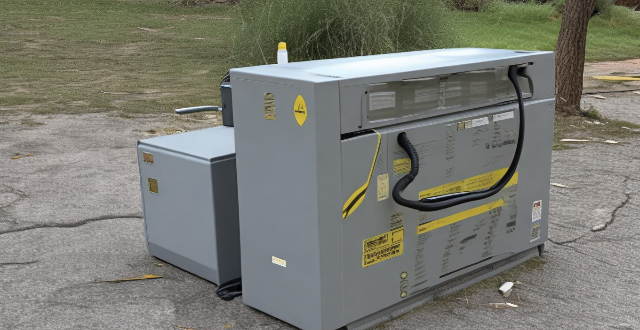
In what ways can we improve rechargeable battery efficiency ?
Improving rechargeable battery efficiency involves using high-quality chargers, avoiding complete discharges, storing at optimal temperatures, using fast charging techniques sparingly, and maintaining proper battery care. These practices help maintain battery health, ensure efficient charging, prevent damage, and extend the battery's lifespan.

How often should I charge my iPhone to maintain optimal battery health ?
Maintaining optimal battery health for your iPhone involves avoiding full discharges, charging regularly, using official Apple accessories, and not worrying about overnight charging. By following these tips, you can help prolong the lifespan of your iPhone's battery and ensure that it performs at its best for as long as possible.
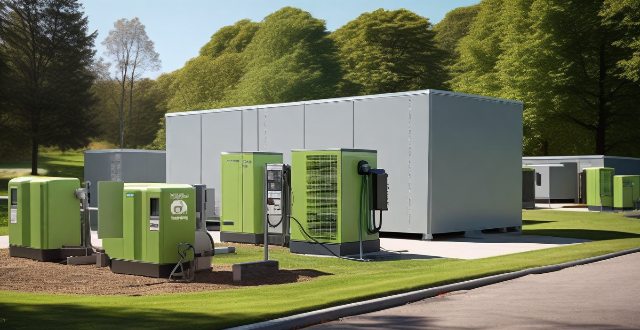
How do different types of charging stations (e.g., fast charging, slow charging) affect the overall network design ?
The impact of different types of charging stations on the overall network design can be seen in various aspects such as infrastructure, cost, energy consumption, and user experience. Fast charging requires higher power output and specialized equipment, leading to more expensive installation and maintenance costs and increased energy consumption. Slow charging has less stringent infrastructure requirements and is more cost-effective but may not meet the needs of users who require quick charges. The overall network design needs to consider these trade-offs and ensure that the grid remains stable and reliable while providing a good user experience for all types of charging needs.

How does a super fast charging station work ?
Super fast charging stations rapidly charge electric vehicles (EVs) using complex technology involving multiple components. The power supply, charging equipment, and battery management system (BMS) are key elements in the process. The BMS monitors and controls the charging to ensure safety and efficiency. Challenges include potential impacts on battery health, infrastructure costs, and standardization issues across different EV models. As EV popularity increases, advancements in super fast charging technology will be vital for convenience and accessibility.

What are the best ways to stay connected and charged while traveling through the airport ?
Best Ways to Stay Connected and Charged at the Airport: Stay connected by using free Wi-Fi, downloading airline and airport apps for updates, and considering SIM cards or eSIMs for international travel. Stay charged by bringing a portable power bank, charging cables, an international travel adapter, and backup batteries. Take advantage of charging stations, priority lanes, and seat charging on planes.

What are the benefits of using a super fast charging station ?
Using a super-fast charging station for electric vehicles offers benefits including time efficiency, convenience, battery health optimization, environmental considerations, economic benefits, and improved user experience. These charging stations enable rapid recharging, reduce range anxiety, optimize battery lifespan, support the use of renewable energy sources, lower operational costs, and provide peace of mind for EV drivers. As technology advances, further improvements in charging infrastructure are expected to enhance these advantages.
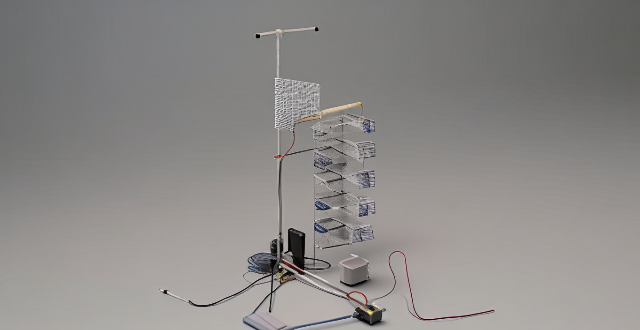
Are there any specific cables or adapters required for fast charging an iPhone ?
Fast charging an iPhone is convenient but requires specific components: a compatible model, USB-C to Lightning Cable, USB-C power adapter, and a reliable power source. Regular charging may be beneficial for maintaining battery health over time.

Will Apple's upcoming iPhone models support even faster charging solutions ?
The article discusses the possibility of Apple's upcoming iPhone models supporting faster charging solutions. It explains the current charging solutions used by Apple and compares them to competitors. Rumors about larger charging coils and improved heat dissipation mechanisms are also mentioned. The potential benefits of faster charging, such as reduced downtime and improved convenience, are discussed. However, challenges like battery health and heat management must be considered. The conclusion states that there is no official confirmation from Apple regarding faster charging solutions in its upcoming iPhone models, but rumors suggest that this feature is being considered.